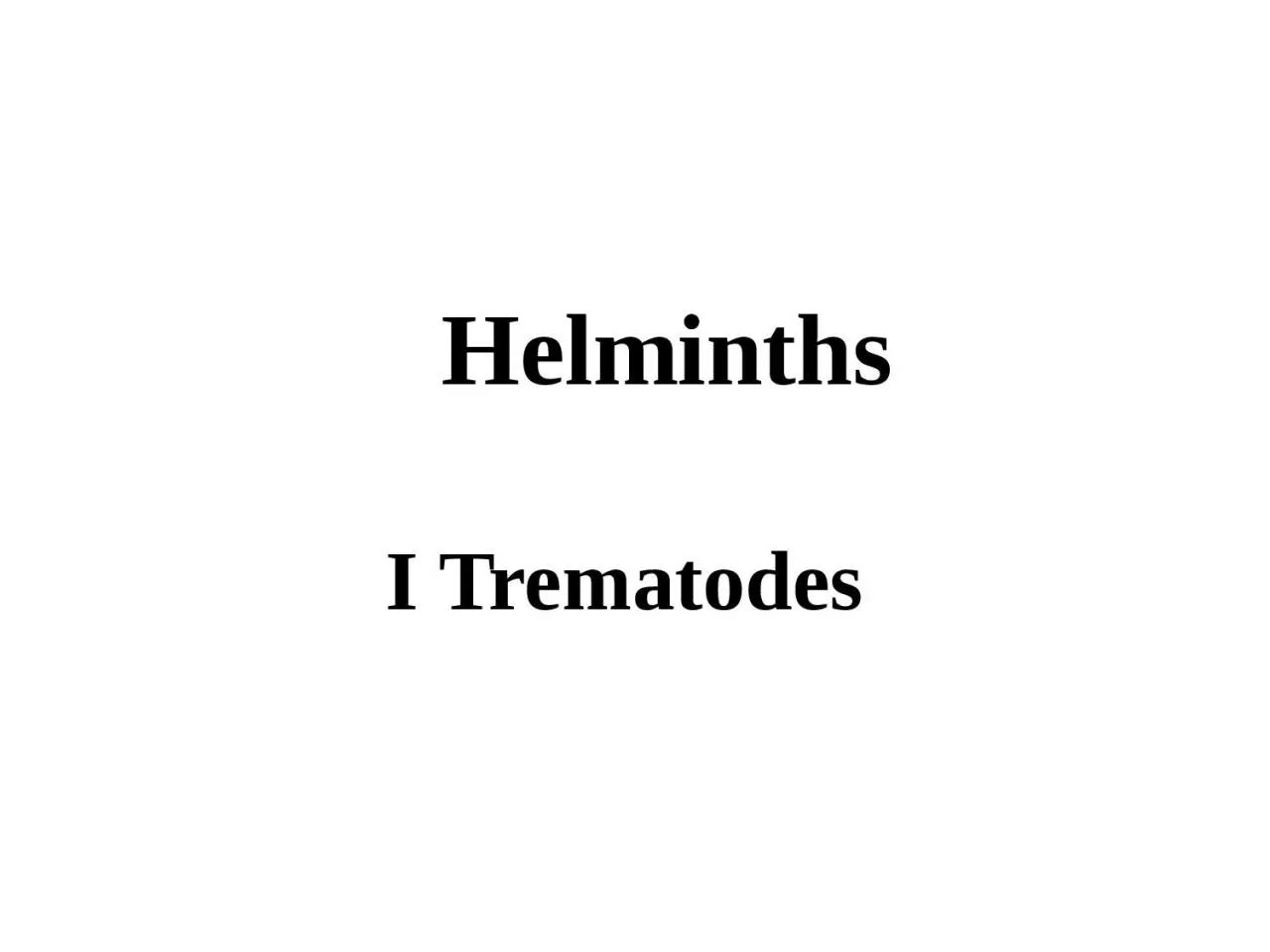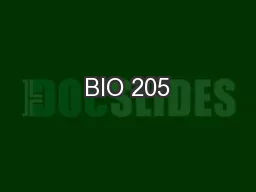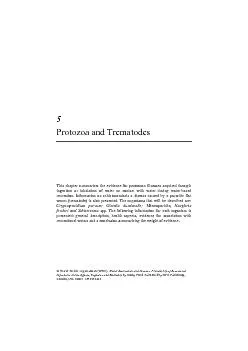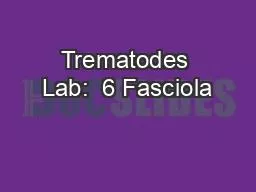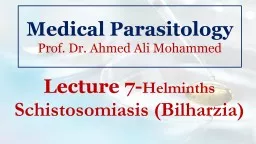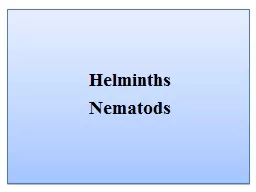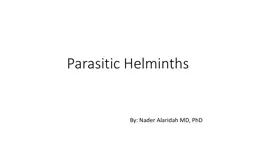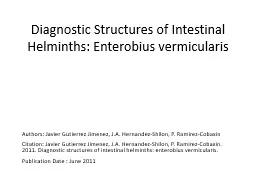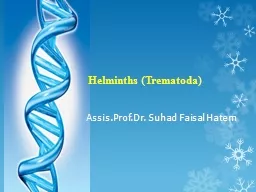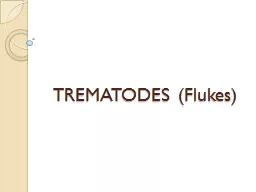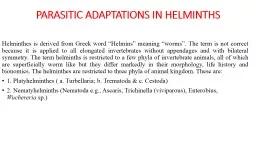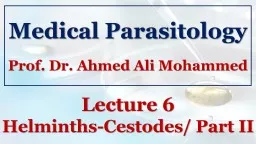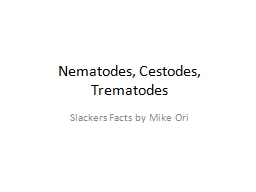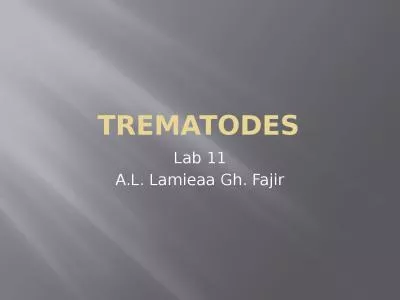PPT-Helminths I Trematodes Introduction
Author : hadley | Published Date : 2022-06-28
The term Helminths mean worm it is broadly interpreted it refers to any wormlike animal in a more restricted sense it refers to a parasitic worm those comprises
Presentation Embed Code
Download Presentation
Download Presentation The PPT/PDF document "Helminths I Trematodes Introduction" is the property of its rightful owner. Permission is granted to download and print the materials on this website for personal, non-commercial use only, and to display it on your personal computer provided you do not modify the materials and that you retain all copyright notices contained in the materials. By downloading content from our website, you accept the terms of this agreement.
Helminths I Trematodes Introduction: Transcript
Download Rules Of Document
"Helminths I Trematodes Introduction"The content belongs to its owner. You may download and print it for personal use, without modification, and keep all copyright notices. By downloading, you agree to these terms.
Related Documents

